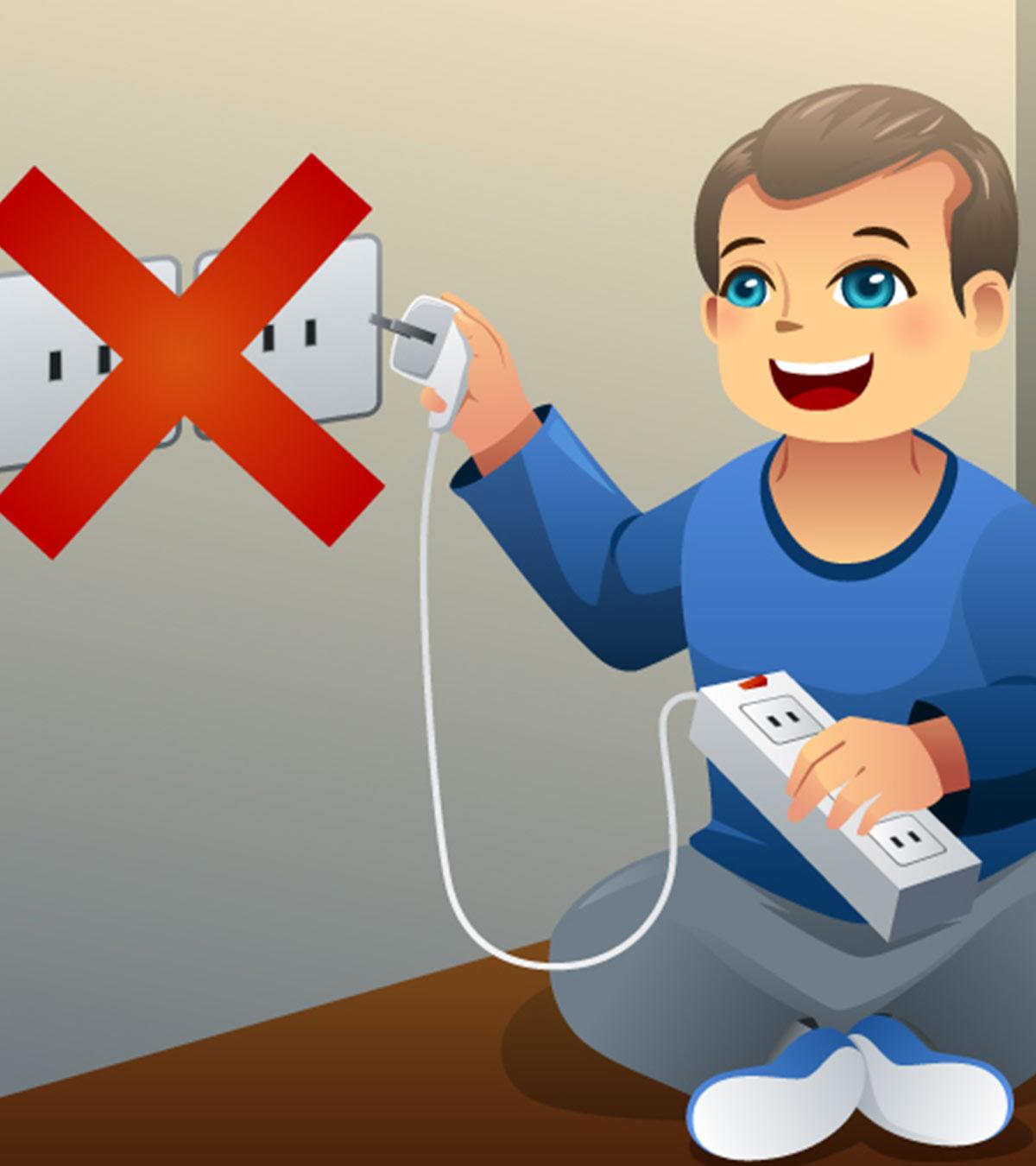If you’re looking to have security when it comes to electrical safety, it’s worth paying a qualified professional to perform an inspection.
An electrical safety certificate is a record that allows you to find and fix problems that may be present in your property prior to they cause injury or damage. The installation of electrical equipment is not required to be checked independently unless it is being modified, installed or moved in any way or the certificate of work is rejected.
In all other circumstances the building regulations simply require equipment to be tested by a trained person, who is not required to be an electrician. However, they must know what they are doing.
A typical electrical safety inspection includes testing the installation to make sure it meets the building regulations applicable to it, IEE Wiring Regulations, and manufacturer’s guidelines. Fire hazards could be caused by excessive electrical cables, overload sockets, and equipment that is not working properly.

The certificate will also contain appliances that are part of the installation like heaters, immersion heaters and kettles. These are therefore safe to use.
A skilled professional can conduct an electrical inspection. He can provide advice for addressing any issues prior to causing damage or injury.
If you own a property that you lease and you are a tenant, you may be able to ask for an electrical safety inspection as per the conditions of your tenancy agreement.
Electrical safety tips while home renovations
In addition to replacing smoke detectors, experts from the university advise homeowners to be aware of the following steps when renovating:
1. If an electrical outlet is being used in another area of the house, don’t take out the main switch or isolated circuit breakers. This applies to appliances that are plugged into outlets that are controlled by an electrical wall switch.
2. When you shut off a circuit breaker, wait for the power indication to turn off before you begin working on the wiring.
3. If you need to turn off the circuit breaker in isolation while an electrical device is attached to it, shut off electric service at the main switch prior to working with wires controlled by the circuit breakers.
4. Make sure you are careful when using an extension cord for electricity. Choose the shortest length you can and make sure it’s not overloading. If you’re using a longer cord, be sure that it is UL-approved for high-wattage appliances.
5. Be careful in working with old wiring tools, specifically three-way switches. They have not been used in the homes of many years and can be a danger to the electrical system or electrocution risk if not installed correctly.
6. Only use electrical fixtures that have been tested to be in compliance with Australian standards, for example those made by Schneider Electric, Wylex or HPM.
7. Be sure to keep candles out of the combustible substances. Also, do not leave candles unattended.
8. Wear shoes that have rubber soles, place your feet on the ground, and don’t use damaged extension cords. If the appliances have similar voltage ratings, don’t cut off the cord and plug it in to a different one.
If you want to learn more, click RCD compliance check